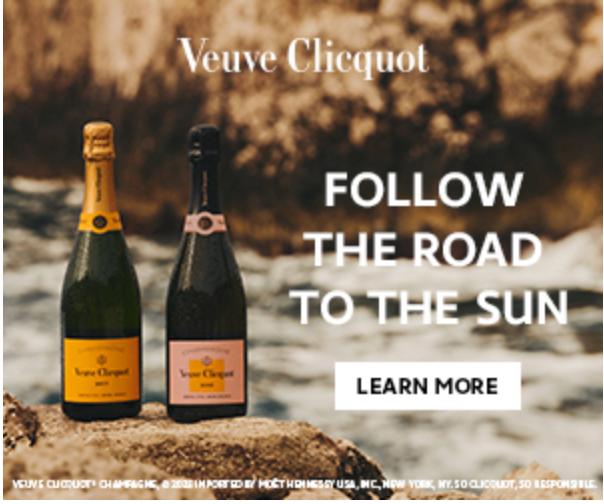“Sip For Solidarity” To Support Israeli Wineries and Raise Money For Israeli Relief Efforts
The world of wine in Israel, perhaps the oldest wine-producing region in the world, has always represented a sense of peace and goodwill but has become collateral damage of the horrible atrocities that occurred on October 7th.
The world of wine in Israel, perhaps the oldest wine-producing region in the world, has always represented a sense of peace and goodwill but has become collateral damage of the horrible atrocities that occurred on October 7th.
To raise awareness and in support of Israel and Israeli wineries, the Israeli Wine Producers Association (IWPA), a trade organization promoting Israeli wineries through wine education and events, is asking consumers to “Sip For Solidarity.”
“Sip For Solidarity”
The massacre has had an immediate, concrete impact, particularly on picking, sorting and winemaking teams. Harvest had begun shortly before the attacks, which meant that the sorting, crushing and fermentation processes, were, in many cases, done under the constant threat of attack and bombardment.
For many wineries, production teams have been hollowed out as the young men and women who normally would be shepherding the crucial winemaking process have called up to help defend the nation.
“Winemaking has its own schedule, unlike other industries where you can pause production or run with limited staff. Grapes grow and ripen when they do; the winemaking process is very hands-on. Without staff, many wineries face an impending crisis.” said Joshua Greenstein, the Vice President of the IWPA.
“Additionally, wine is usually something enjoyed when you go out to eat or to a party, and people in Israel aren’t feeling particularly celebratory these days. It’s catastrophic not just for this years’ sales, but for the vintages harvesting now that won’t be ready for sale for years to come.”
“Buy a bottle of Israeli wine.
…we’re donating 10% of every case shipped from November 1, 2023 – December 31, 2023 to Israeli relief efforts.
Joshua Greenstein,
Vice President of the IWPA
Asked what people can do to help, Mr. Greenstein said:
“Buy a bottle of Israeli wine. Not only will the purchase help the wineries, but we’re donating 10% of every case shipped from November 1, 2023 – December 31, 2023 to Israeli relief efforts.
“…With the wine consuming public’s support, these challenges are surmountable, and wineries will still craft wines that accurately and deliciously reflect the character of the vintage and of Israel, just as they always have.”
#DrinkIsrael
Israel has been able to blend their ancient history with the most modern technology to produce some of the finest wines available and become one of the fastest-growing winemaking regions in the world.
The Israeli Wine Producers Association (IWPA) represents Israeli wines with a unified voice. To communicate, educate, market, and expose US customers and consumers to Israel as a world-class wine region. The IWPA represents 30+ Israeli wineries ranging from boutique to the largest producer. Follow @IsraeliWine for the latest from the IWPA.



